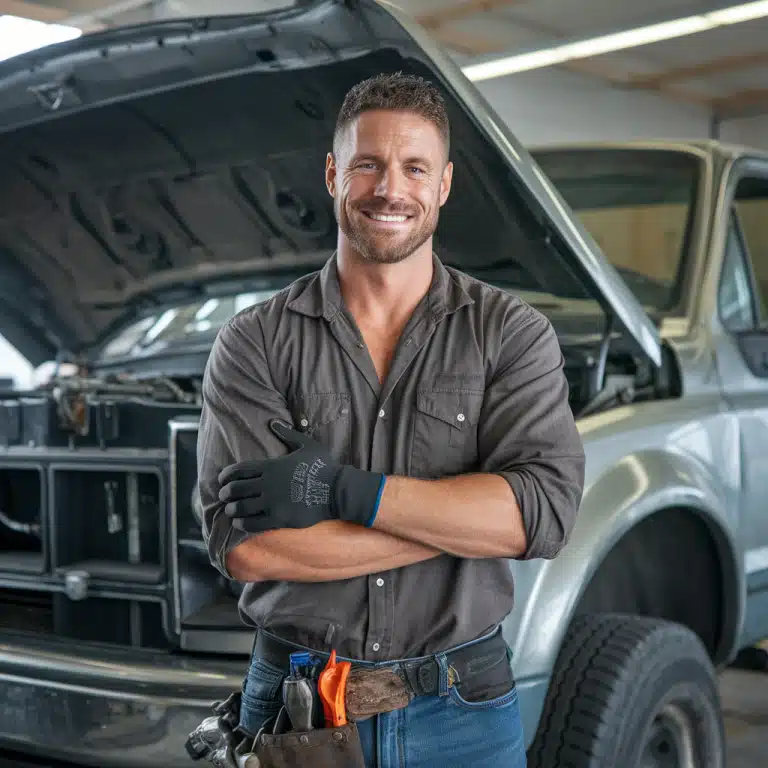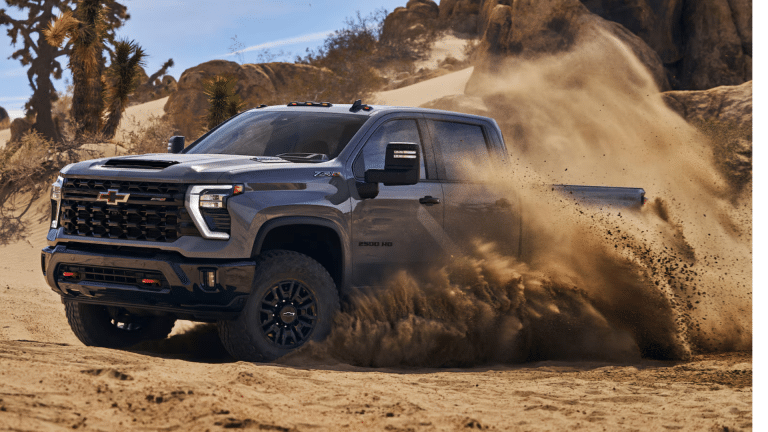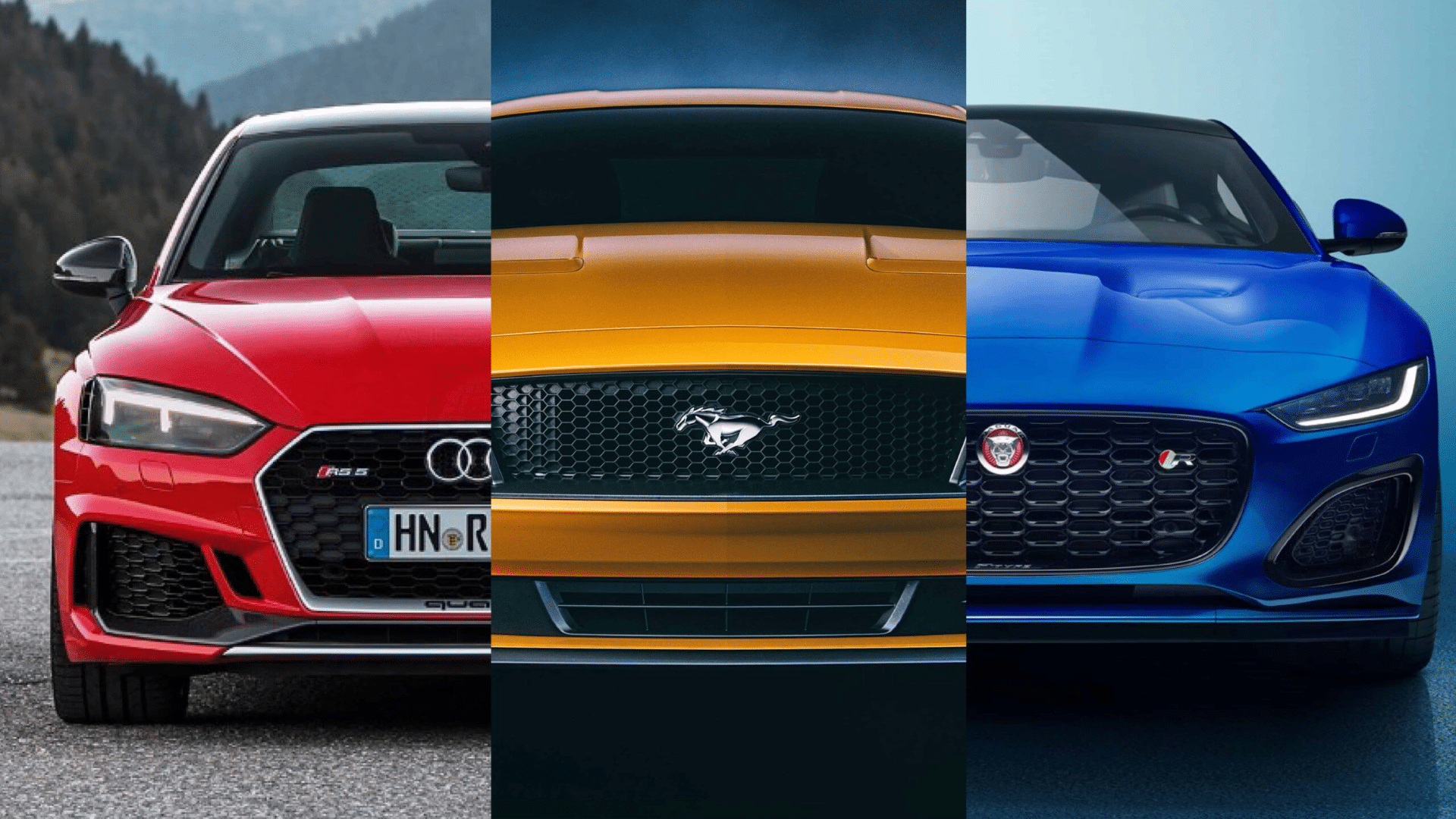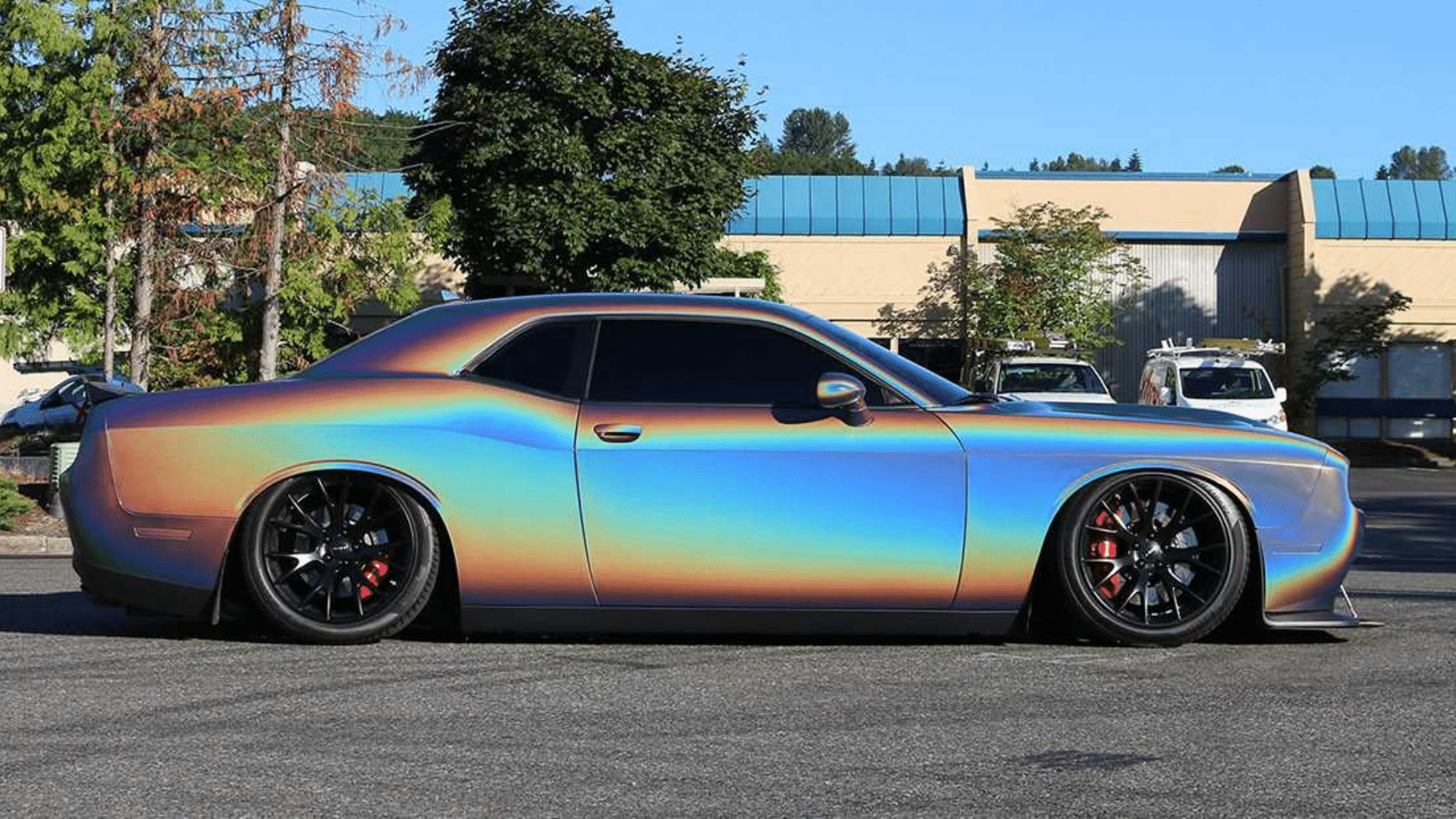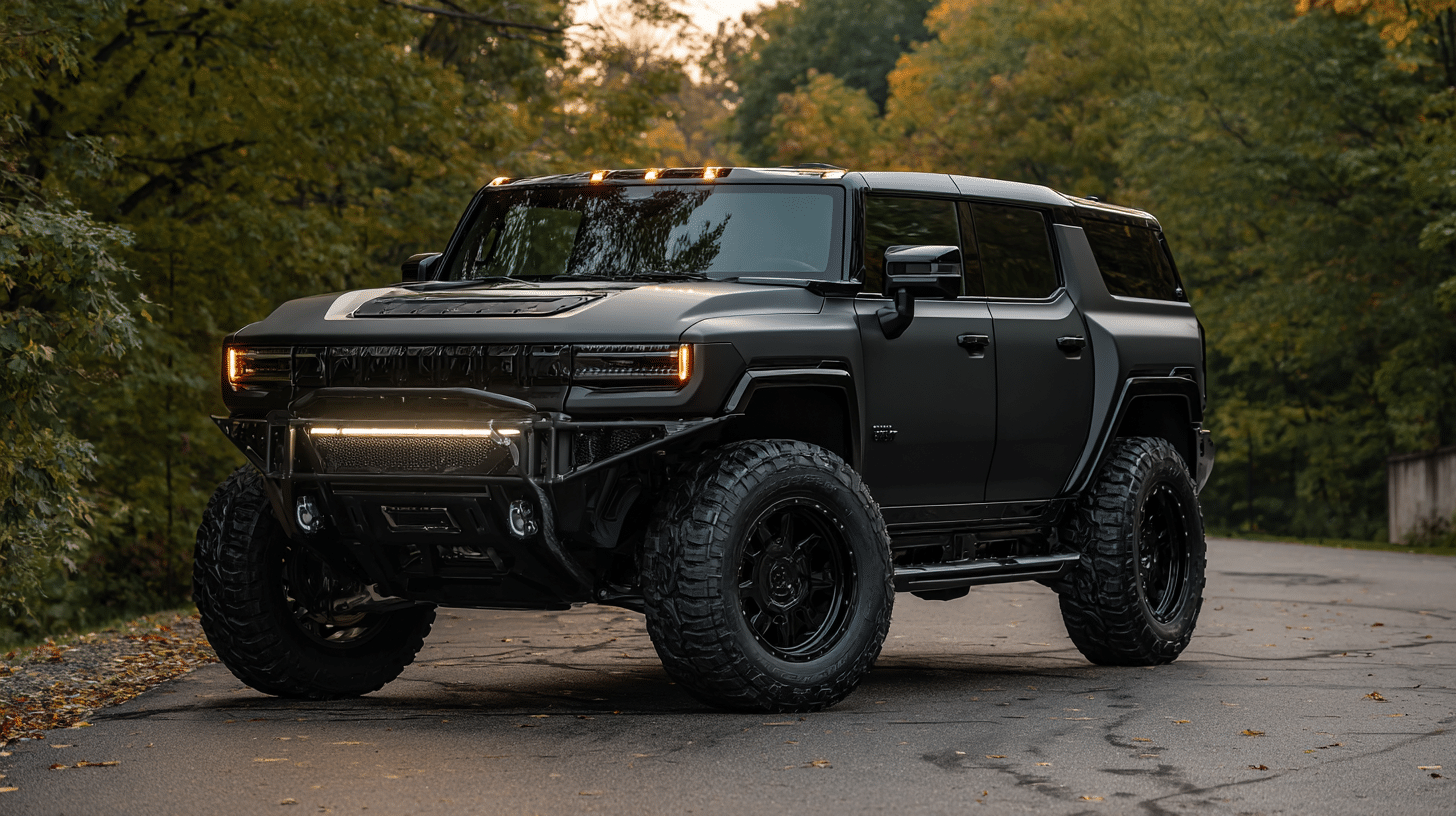I’ve been around trucks most of my life. Grew up in a small town where everyone either had a Chevy or wanted one. It didn’t take long before I started messing with lift kits.
My first lift? A used Silverado 1500 with a 6-inch kit and mud tires. Didn’t know what I was doing at first, but that truck taught me a lot.
If you’re here, you’re probably looking to lift your own Chevy. Maybe it’s a daily driver. Maybe you want to hit the trails.
Either way, this guide covers what you need: lift options, real-world examples, and the best custom add-ons. I’ll walk you through the types of lifts, show some solid builds, and help you figure out what works best for your needs.
If you’re eyeing a lifted Chevy Silverado or a decked-out Silverado HD, you’re in the right spot.
Why Lift a Chevy Truck?
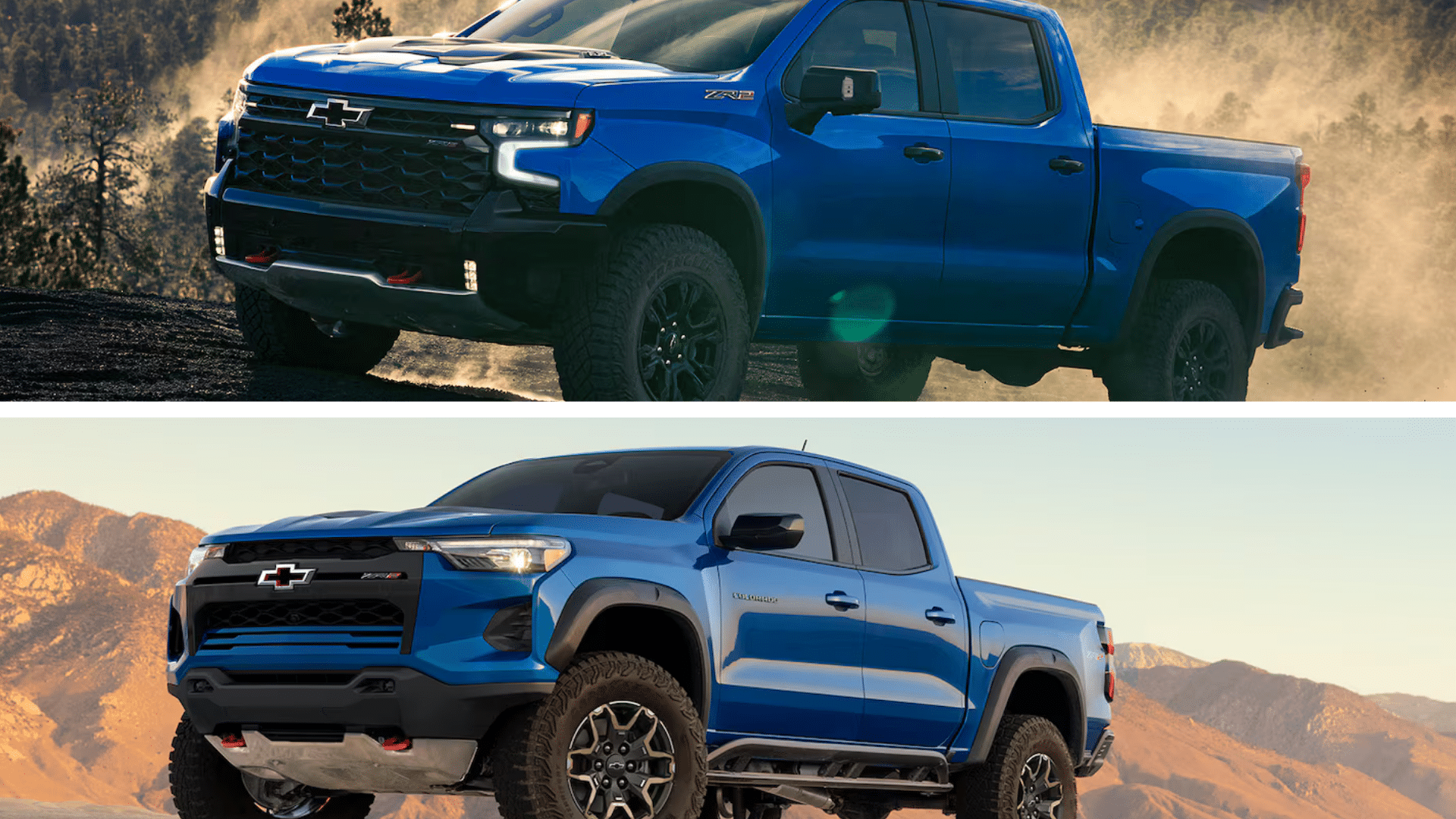
Chevy trucks are already tough, no doubt about it. But if you really want to give yours some extra attitude and functionality, a lift kit is the way to go.
It’s one of those upgrades that not only changes how your truck looks, but also how it handles the real world. This is what a proper lift gives you:
- Better off-road performance: You’ll clear more rocks, ruts, and mud without scraping your undercarriage. That extra clearance can make rough trails a lot more manageable.
- Aggressive stance: Lifted trucks just look meaner. The taller height and wider profile give your Silverado a commanding presence on the road or trail.
- Room for bigger tires: More space means you can fit larger tires, giving you extra grip, better terrain control, and even a smoother ride over uneven ground.
Most folks I know who lift their Chevy Silverado do it for a mix of style and utility.
It’s not just about turning heads; it’s about getting more out of your truck, be it hauling gear, hitting the trails, or just enjoying the drive with a little more muscle under you.
It’s a practical upgrade that happens to look awesome, too.
Types of Lifts for Chevy Lifted Trucks
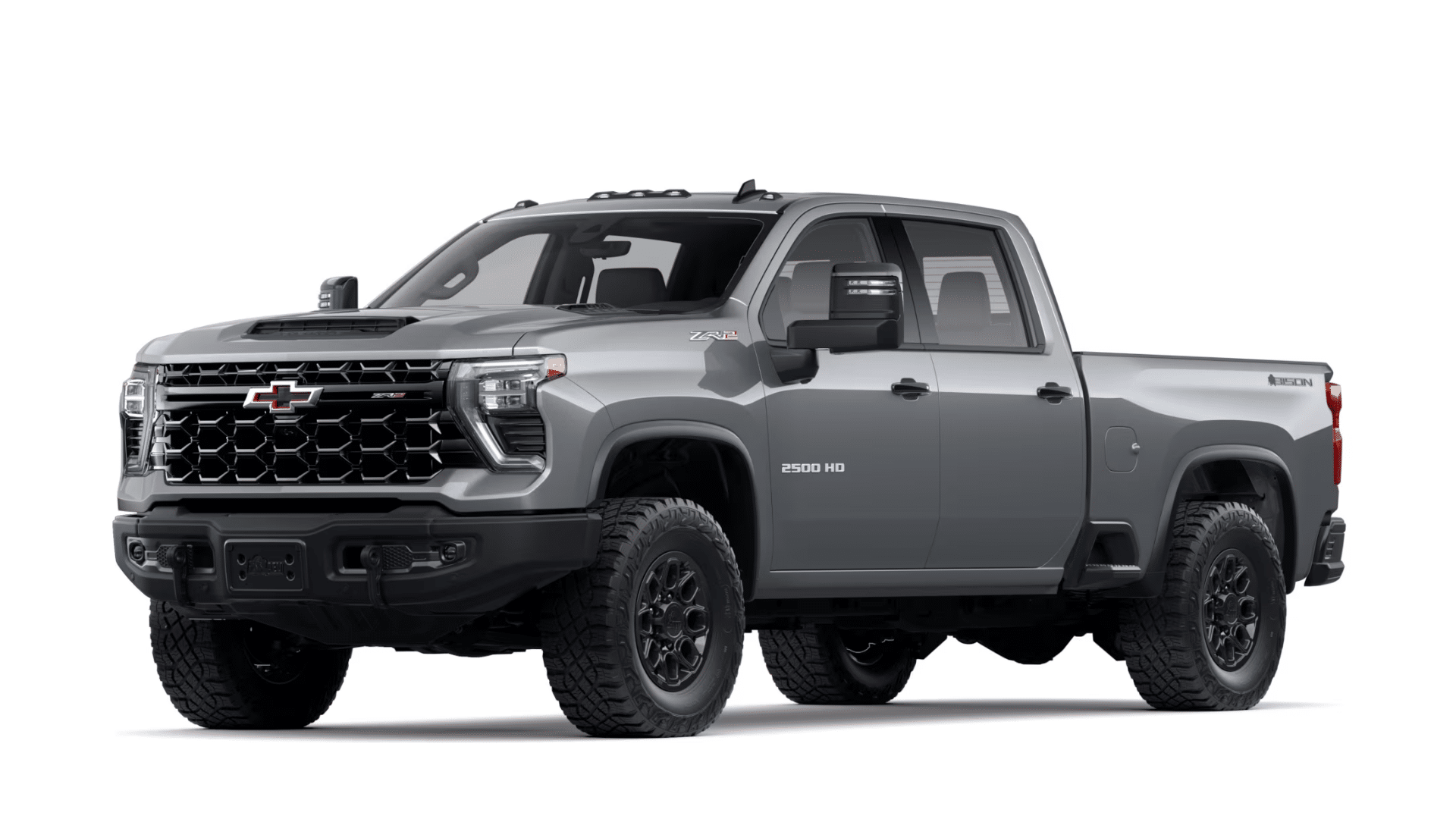
Not all lifts are the same, and choosing the right one really depends on how you use your truck. Some are built for hardcore off-road adventures, while others are more about looks or correcting that factory front-end dip.
Let’s understand the most common lift options so you can figure out what fits your needs:
1. Suspension Lifts for Chevy Lifted Trucks
- Raises the whole truck by replacing components like shocks, control arms, and springs.
- Good for 4–10 inches of height.
- Best for serious off-roaders or big tire setups.
Pros: High clearance, smooth ride if done right.
Cons: Expensive, can affect drive angles.
2. Body Lifts for a Lifted Chevrolet Silverado
- Raises the cab and bed off the frame with spacers.
- You keep the same suspension.
- 1–3 inches of lift.
Pros: Budget-friendly, keeps factory ride.
Cons: Doesn’t help ground clearance, might look odd without mods.
3. Leveling Kits for Your Lifted Chevy Silverado
- The easiest and cheapest way to lift the front end.
- Great for fixing the factory “nose dip.”
Pros: Cheap, easy to install.
Cons: Limited height, minor performance change.
I’ve seen folks get solid results lifting a Chevrolet Silverado with just a 2-inch leveling kit. Simple, affordable, and changes the whole stance.
Popular Models for Lifted Builds: Best Chevy Trucks to Lift
Not every Chevy truck lifts the same. Some handle tall kits with ease, while others are better suited for subtle upgrades. These are the most popular models people build on:
Silverado 1500
This light-duty pickup is a favorite for lifted builds because it’s super customizable. There’s a huge aftermarket for parts, which makes it easy to find lift kits, wheels, and accessories that fit just right.
It works well with anything from a 2-inch leveling kit to a full 6-inch suspension lift. Lift kits and accessories are easy to find for all three. Whether you want show style or trail strength, there’s a setup out there.
Silverado HD (2500, 3500)
These heavy-duty trucks have stronger frames and more load capacity.
They’re perfect if you’re going big (6-inch) lifts and beyond are no problem here. Need a serious workhorse or a lifted off-road rig? The HD line handles it all.
Chevy Colorado
Don’t overlook this mid-size option as it’s still very lift-friendly. A 2–4 inch lift gives it a solid trail-ready stance without overdoing it. It’s a great choice if you want something more nimble for tight off-road trails.
Lift kits and accessories are widely available for all three models. From head-turning style to trail-tested performance, there’s a build path that fits your Chevy perfectly.
Choosing the Right Lift for Your Needs
There’s no one-size-fits-all when it comes to lifting your truck. The best lift depends on how you plan to drive, where you take it, and what you want it to look like. This is a quick guide to help you match the lift to your use case:
| Truck Use Case | Recommended Lift Size | Key Considerations |
|---|---|---|
| Daily Driver | 2–4 inches | Comfort, MPG, city driving |
| Off-Roader | 4–6 inches | Suspension travel, clearance |
| Show Truck | 6+ inches | Looks, stance, mods-heavy setup |
Before you decide, keep a few practical things in mind:
- Local Laws: Some states limit how high you can go.
- Garage Clearance: Don’t forget to measure your parking space.
- Budget: A taller lift usually means more money spent on tires, gears, and other parts.
In the end, it’s all about balancing looks, function, and everyday usability. Choose what fits your lifestyle, not just your wishlist.
Best Accessories to Pair with Your Lifted Chevy Truck
Lifting your truck is just the beginning. To get the most out of your new stance, both in looks and performance, you’ll want to add a few key accessories.
These upgrades help your truck handle better, look more balanced, and stay road-ready.
- Tires: Go for all-terrain or mud-terrain tires. Sizes like 33s, 35s, or even 37s work depending on your lift height.
- Fender Flares: These help cover wider tires and prevent debris from kicking up. They also add a beefier look.
- Wheels: A wider offset gives a better stance and improves stability. Choose styles that match your truck’s purpose, off-road or street.
- Shocks: Upgraded shocks are essential for ride quality after a lift. They help with comfort, control, and durability.
- Control Arms: After a lift, your alignment can shift. Control arms help restore proper geometry and steering response.
- Lights and Bumpers: Add LED light bars, pods, or aftermarket bumpers for both utility and custom style.
Pairing your lift with the right accessories not only makes your truck look complete, but it also ensures everything performs the way it should.
DIY vs. Pro Installation: What You Should Know
Wondering whether to lift your truck yourself or leave it to the pros? I’ve made a side-by-side breakdown to help you decide what’s right for your time, tools, and budget:
| Category | DIY Install | Pro Install |
|---|---|---|
| Best For | Basic lifts (1–3″), leveling kits | Larger lifts (4″+), complex suspension work |
| Tools Needed | Jack, socket set, spring compressor (maybe) | None (shop handles everything) |
| Time Required | Several hours to a full weekend | A few hours to a day, depending on the shop |
| Cost | Lower – no labor costs | $600–$2,000 depending on kit and location |
| Risk Factor | Higher – mistakes can cost more to fix | Lower–experienced mechanics and proper equipment |
| Perks | Saves money, hands-on satisfaction | Includes alignment, warranty options, expert results |
If you’re confident with tools and tackling weekend projects, DIY can be rewarding. But for anything more than a basic kit or if it’s your first time, a pro install might just be the smoother, safer bet.
Cost Breakdown for Your Lifted Chevy Truck
Lifting a truck isn’t just about the kit, there are hidden costs that add up fast. Here’s a realistic breakdown, from subtle lifts to all-out builds:
| Item | Estimated Cost Range | Notes |
|---|---|---|
| Lift Kit | $500 – $5,000+ | Varies by type (leveling, body, suspension) |
| Tires & Wheels | $1,200 – $4,000 | Larger sizes and brands push the cost up |
| Labor (Installation) | $600 – $2,000 | Depends on kit complexity and shop rates |
| Extras (Regear, Alignment, etc.) | $300 – $1,500 | May be needed after bigger lifts for performance |
A full-blown build with big lifts, wheels, and extras can hit $10,000 quickly. But if you keep it modest, say a 2–3 inch lift with solid tires, you can get it done under $3,500 if you budget wisely and shop smart.
Where to Buy Lifted Chevy Trucks or Lift Kits?
These are some of the quick places to find lift kits or lifted Chevy trucks:
- Dealerships: Check local Chevy dealers or certified custom packages
- Custom Shops: Build-to-order lifted trucks
- Online Retailers – Wide range of kits and parts
- Forums & Groups – Used kits and local deals
Wherever you buy, just make sure it fits your truck, your budget, and your goals.
Final Thoughts
Thinking about lifting your Chevy? Now’s a great time.
With more reliable info, better kits, and solid aftermarket support, the options are wide open. A lifted Silverado or Colorado isn’t just about looks; it can boost real performance if you plan it right.
From off-roading and hauling to daily driving with extra flair, the right lift setup transforms your truck.
This guide covered the essentials: lift types, ideal models, key add-ons, costs, and common mistakes.
The most important step? Start with your goals. Know what you want. Style, function, or both, and build from there.
Slow build or full send, a well-planned lift pays off.

